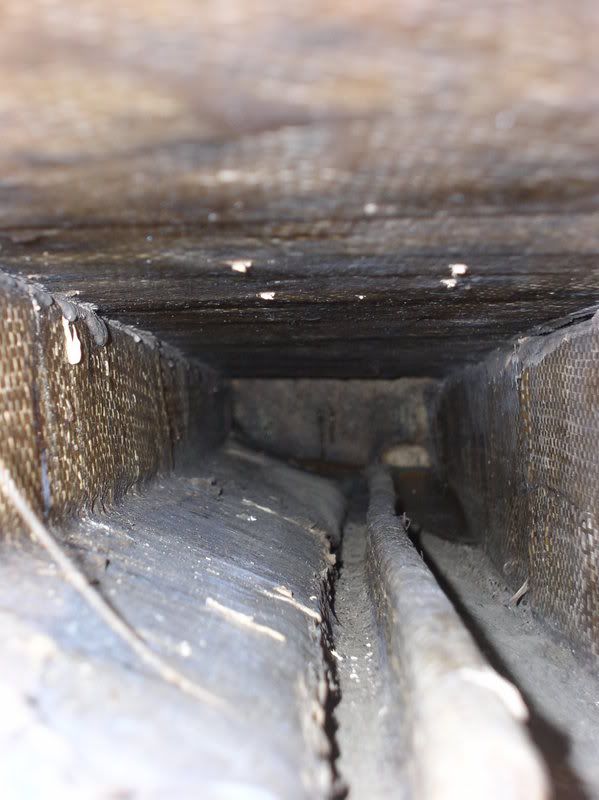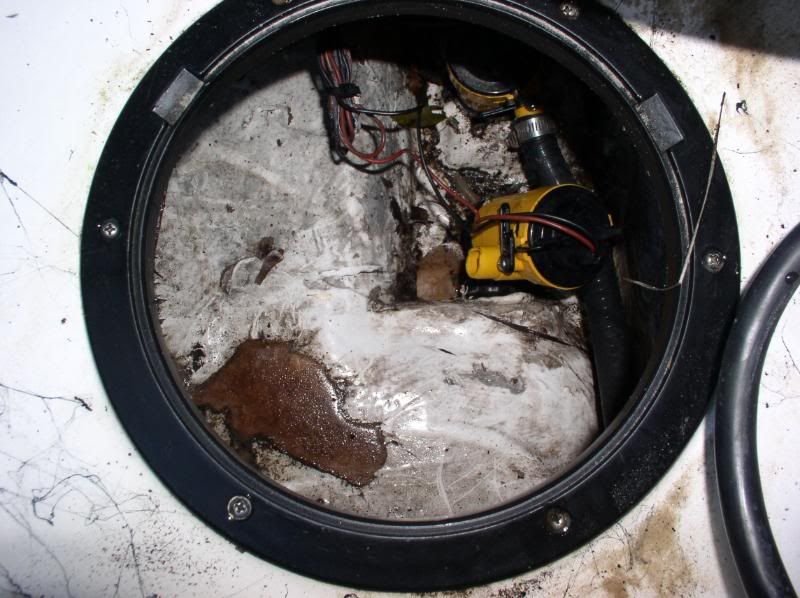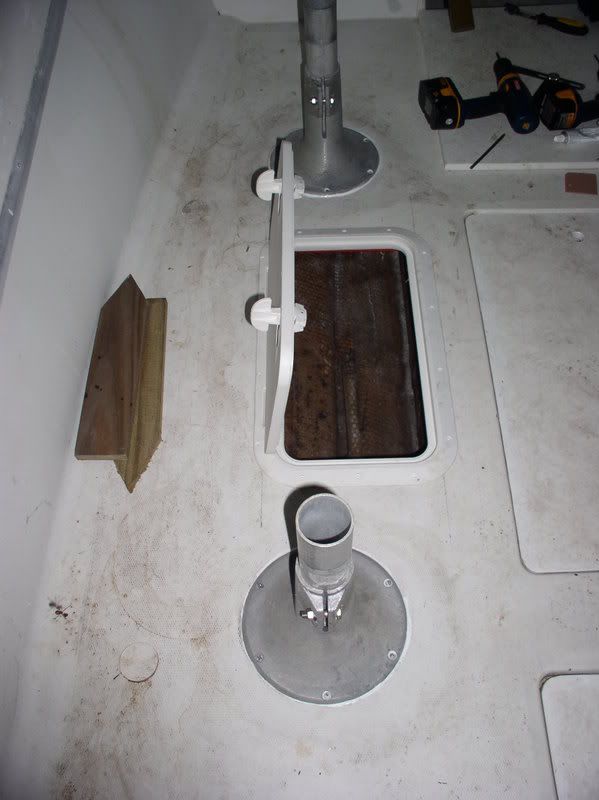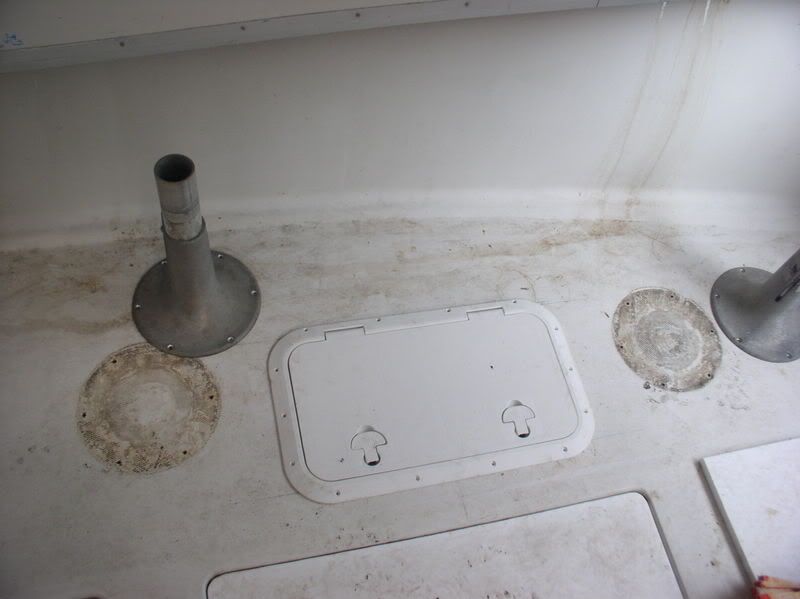Hey guys, what a relief to find this V community.
I've had a 76 cuddy for 10 years and have always launched and hauled with only a day or two in the water at the dock at a time. Now I would like to keep it in the water for weeks or months at a time and am concerned about the bilge.
I'm getting water in the hull whether via leaks or the 2 recessed deck compartments. I've drained it when I pull it but would like to install a bilge pump in the bottom of the hull. I was thinking of cutting into the recessed battery area next to the transom and dropping one in there. Has anyone tried this method?
I've had a 76 cuddy for 10 years and have always launched and hauled with only a day or two in the water at the dock at a time. Now I would like to keep it in the water for weeks or months at a time and am concerned about the bilge.
I'm getting water in the hull whether via leaks or the 2 recessed deck compartments. I've drained it when I pull it but would like to install a bilge pump in the bottom of the hull. I was thinking of cutting into the recessed battery area next to the transom and dropping one in there. Has anyone tried this method?





